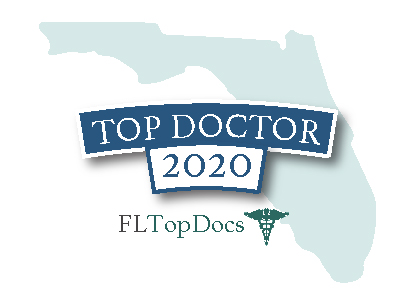Breast lifts and breast implant surgery are totally different procedures that do very different things. They can complement each other in that some patients need both but how does one know which is best for her? Ptosis, the medical term for sagging, is defined by the position of the nipple relative to the crease under the breast. You can do a very simple test to see if you have this. You may have heard of the “pencil test” for breast sagging. Lift up on your breast with one hand, place the pencil horizontally under the breast, right in the natural crease, and then let the breast go. Release the pencil and if it falls, there is no ptosis. If the breast holds the pencil in place, then there is some element of ptosis. If the pencil is held, note the position of the nipple. If the nipple is above the level of the pencil, then you have a “deflated” breast, called pseudoptosis. This is common in women who have breast fed and lost volume in their breasts. If the nipple is at the same level as the pencil, you have grade I ptosis. If the nipple is below the pencil, you have grade II, and if the nipple is the lowest point on the breast (sometimes referred to as a “National Geographic” breast, from all the photos in that magazine of women in primitive cultures who have never seen a bra and whose breasts point to the ground!), you have grade III. Breasts with pseudoptosis and grade I ptosis usually do not need a breast lift and will do well with just adding more volume, i.e. a breast augmentation with implants.
Women with grade II and III need a breast lift, called a mastopexy. Putting implants alone in such breasts usually produces a less than aesthetic result because now you will have a big, droopy breast. Some women can accept this to avoid the scars and expense of a lift, but it is not ideal. A mastopexy is a terrific procedure which will produce a “perky”, non-saggy breast. The down side of this is that it is a fairly extensive procedure, takes longer to perform than a breast augmentation), and leaves additional scars. At a minimum, there will be a scar along the margin of the areola. Additional possible incisions may leave a vertical scar from the areola to the crease under the breast and a scar along the crease itself. In most cases, the aesthetic improvement is worth the scars. The lifted breast will be more compact, because skin is removed, and therefore you may not fill out your bra as well as before and you might even go down a cup size.
Breasts that just need volume do beautifully with implants. See my earlier blog which is an online breast consultation to read details of this surgery. Sometimes, patients need both procedures because of sagging AND loss of volume, the double whammy. In those cases, I recommend doing the lift first followed by the augmentation 3 or more months later. I feel it is easier and safer to do the lift first. Some patients may find that after the lift, they are content and do not go on with the implant surgery. I usually try to dissuade patients from doing lifts and implant surgery simultaneously. These two operation work directly counter to each other. The lift is tightening the breast and making it more compact; the augmentation is trying to expand the breast out and make it bigger. Each operation raises the risks of complications from the other. Inevitably, some compromise will be required. Either the lift and/or the augmentation may have to be underdone to avoid the potential for postoperative complications. The cost savings and savings in time for recovery from doing these operations simultaenously is not worth the added risks and compromise in the procedures. It is usually safer and better to do them as a two stage process. There are exceptions, however.
The patients in whom I am more comfortable combining these procedures are those who need just a little lift and /or a small implant. That is why the consultation is so important- to understand your desires and to see what your breasts will need to have done to accomplish your goals. Expectations are very important and it is equally important to remember that this is real surgery.
I do nearly all breast lifts in our office under general anesthesia. A full, extensive lift will take about 4 hours to complete because of the cutting, shaping, and suturing involved. All sutures the type that dissolve. Scars are usually quite faint and fine. We now have a very nice laser that we can use on problem scars. Though uncommon, they are annoying to patients.
Risks and complications of breast lifts include all those seen in most surgery: infection, bleeding, poor scars, healing issues, unintended injury, anesthesia related problems, and even life threatening problems (although the latter is exceedingly rare). Specific complications include: skin slough leading to bad scars, unsatisfatory size and/or shape of the breasts, loss of feeling in the nipple/areola area, and asymmetry.





